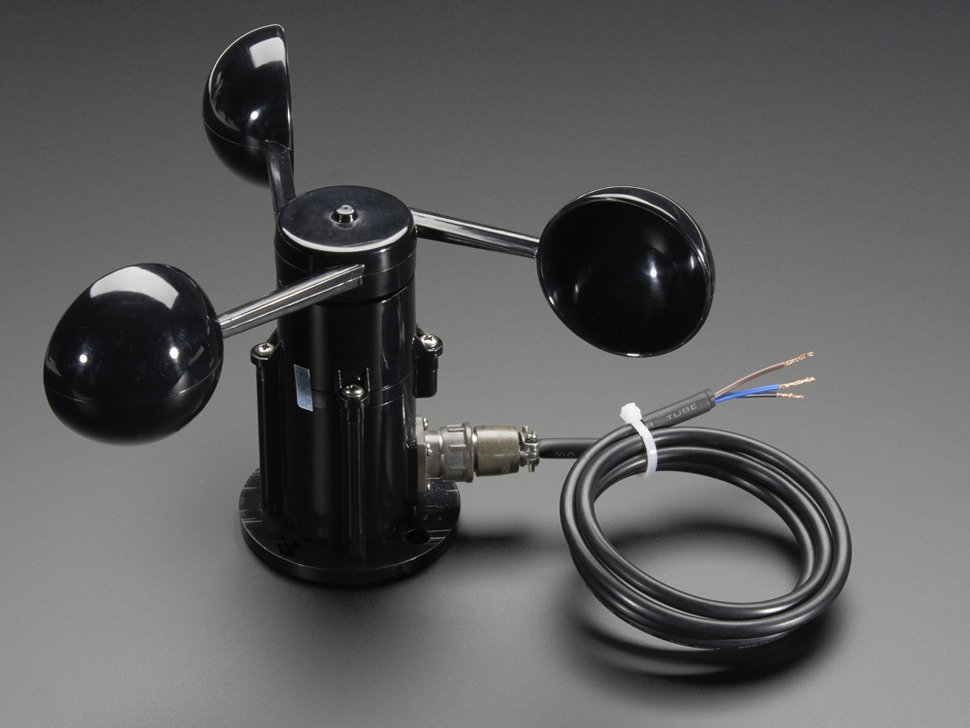The Duty of an Anemometer in Improving Safety And Security for Outdoor Activities
The Duty of an Anemometer in Improving Safety And Security for Outdoor Activities
Blog Article
Anemometers Unveiled: Understanding Their Significance in Environmental Monitoring and Precaution
The function of anemometers in environmental tracking and security steps is usually taken too lightly, yet their significance is undeniable. From weather forecasting to aviation safety, anemometers play a vital duty in giving accurate data that educates decision-making processes and improves general safety.
History of Anemometers
The development of anemometers can be mapped back to the old worlds where fundamental wind measuring devices were very first made use of. One of the earliest well-known anemometers was the hemispherical cup anemometer created by Leon Battista Alberti in the 15th century.
Over the years, advancements in modern technology led to the development of even more modern-day anemometers, consisting of ultrasonic anemometers and laser Doppler anemometers, supplying raised accuracy and effectiveness in determining wind speed and instructions. The background of anemometers showcases an impressive trip of advancement and development in the field of weather forecasting.
Sorts Of Anemometers
Throughout the area of meteorology, various sorts of anemometers have actually been established to precisely measure wind rate and instructions. The most common kind is the mug anemometer, which contains three or 4 cups mounted on straight arms that turn with the wind. As the cups rotate, the speed at which they revolve is straight proportional to the wind rate. One more widely made use of type is the vane anemometer, which includes a tail or fin that straightens itself with the wind direction. This placement enables the device to establish the wind direction. Sonic anemometers make use of ultrasonic signals to determine wind speed and instructions accurately. They are generally utilized in study applications as a result of their high precision. Hot-wire anemometers run based on the concept that the cooling effect of wind on a warmed wire is symmetrical to the wind rate. These anemometers appropriate for measuring reduced wind rates with high accuracy. Each kind of anemometer has its staminas and is picked based on the certain requirements of the tracking job available.
Applications in Meteorology
Having actually gone over the different sorts of anemometers used in weather forecasting for gauging wind rate and direction, it is vital to explore their sensible applications in the area. Anemometers play a vital function in weather forecasting by offering real-time and exact information on wind conditions (anemometer). Meteorologists make use of anemometers to check wind rate and direction to forecast climate patterns, problem warnings for serious weather events like tornados, twisters, and typhoons, and evaluate climatic problems for aviation security
In weather forecasting, anemometers help in recognizing regional and local wind patterns, which are crucial for anticipating weather changes and determining climatic patterns. These tools are also made use of in research to research microclimates, city heat islands, and air contamination diffusion. Furthermore, anemometers are utilized in farming to maximize plant management methods, such as irrigation and pesticide application, based on wind conditions.
Importance in Air Travel Security
An indispensable facet of guaranteeing air travel safety depends on the meticulous monitoring of wind problems making use of anemometers. Anemometers play a crucial role in aeronautics by providing real-time data on wind rate and instructions, helping pilots in making informed choices during take-off, touchdown, and trip. Strong and uncertain winds can dramatically impact airplane procedures, making it important for aviation authorities to count on exact wind dimensions to ensure the safety of guests and staff.

In our website the vibrant setting of aeronautics, where even small modifications in wind rate and direction can have extensive results, anemometers stand as crucial tools for advertising safe and secure and safe flight.
Role in Environmental Research Study
Just how do anemometers add to improvements in ecological research? Anemometers play a critical role in environmental study by providing necessary information on wind rate and instructions. This information is crucial for recognizing various atmospheric processes, such as air contamination diffusion, climate patterns, and climate change. By precisely determining wind features, anemometers help researchers evaluate the motion of contaminants airborne, analyze the influence of commercial exhausts, and anticipate the spread of pollutants in the setting.


Conclusion
In browse around here verdict, anemometers have played an essential function in environmental surveillance and safety measures. Recognizing the relevance of anemometers is necessary for accurately gauging wind rate and direction, which is essential for anticipating climate patterns, making sure safe aeronautics operations, and performing environmental researches.
One of the earliest known anemometers was the hemispherical mug anemometer created by Leon Battista Alberti in the 15th century. Over the years, innovations in innovation led to the growth of more modern-day anemometers, including ultrasonic anemometers and laser Doppler anemometers, supplying enhanced accuracy and efficiency in determining wind rate and direction. Hot-wire anemometers run based on the concept that the cooling impact of wind on a warmed wire is proportional to the wind rate. Meteorologists use anemometers to keep an eye on wind rate and direction to forecast climate patterns, concern warnings for serious climate events like twisters, tornados, and hurricanes, and evaluate climatic problems for aviation security.
Recognizing the significance of anemometers is necessary for accurately gauging wind rate and instructions, which is important for anticipating climate patterns, making certain safe aviation operations, and conducting environmental studies. (anemometer)
Report this page